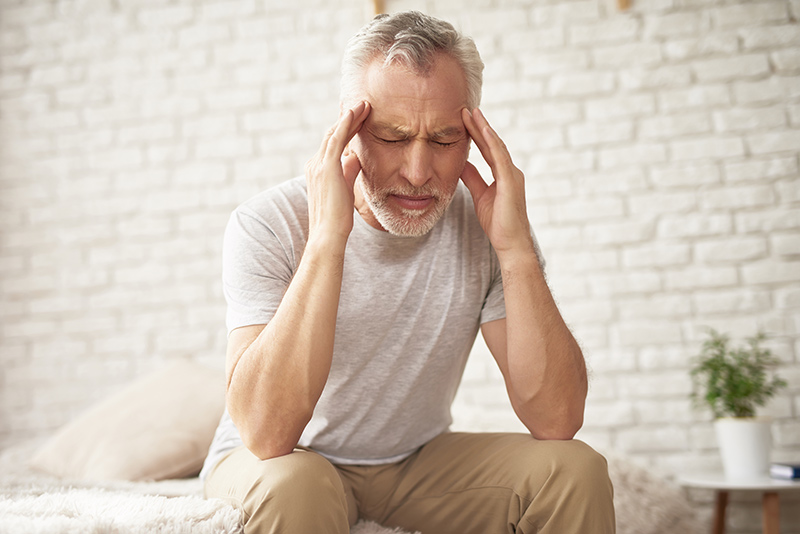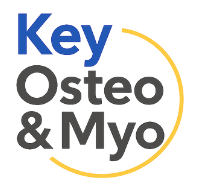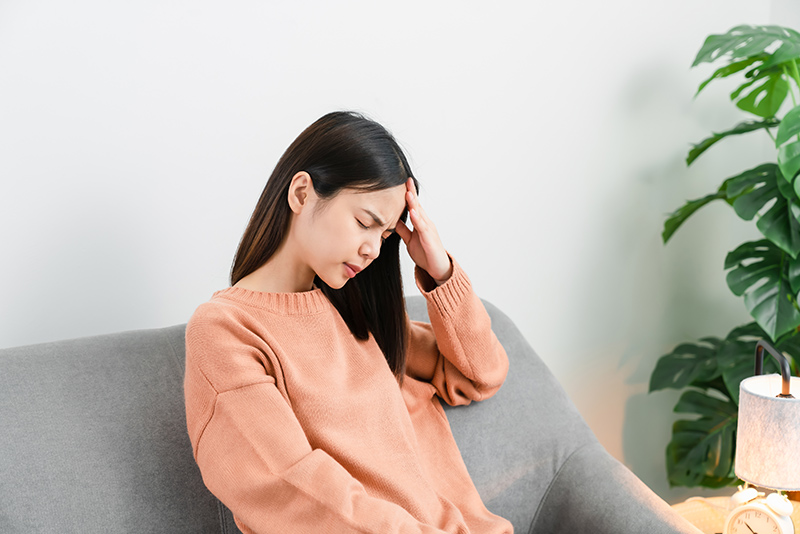
Different Types of Headaches
Migraines
Tension-type headache
Cervicogenic headaches
Cervicogenic headaches occur when pain is referred from a specific source in the neck, up into the head. Symptoms often occur on one side of the neck or head, and will often cause pain around the eyes. A cervicogenic headache is a secondary headache, caused by a pre-existing physical or neurological condition.
- Vascular and cluster
- Cranial neuralgia
- Eye strain, sinus problems, allergy-related
- Rebound
- Hypertension
- Post-traumatic
- Exertion
- Caffeine
My wife and I – plus my two grown-up daughters – have all seen Anna at one point or another over the last two/three years. She is absolutely fantastic. What… read more you get is what you need – reassurance, matter-of-fact advice and most importantly – pain relief. Anna also gives you some simple stretches and exercises that help mitigate any future problems. Before meeting Anna I had seen a number of other osteos and she is the best by a mile. Highly recommended.
After years of visiting chiropractors, I have decided to try osteopath services. Anna is very skilled and knowledgeable as well as warm and friendly. Each session improved my condition… read more and I always left feeling pain-free. I would highly recommend Anna’s services.
Friendly and professional and most of all…effective! I had a really comprehensive assessment with Francesca who helped with a range of postpartum pelvis and back issues. I was given a… read more variety of different exercises to do at home and after just a couple of weeks I’ve noticed a huge improvement. Thanks Francesca and Anna.
Can Osteopathy Help with Headaches?

1. Soft tissue massage
A gentle massage will help to relax the joints and muscles of the neck, back and thorax. This will relieve the build-up of tension that could be causing your headaches.
2. Joint articulation
With the use of gentle articulation techniques, your osteopath will encourage joint release and movement and relieve pain. For cervicogenic headaches, the focus areas will include the mid-spine and the neck.
3. Rehabilitation exercises and advice
Following your treatments, your osteopath will give you the exercises and tools you need in your daily life to help reduce headaches moving forward. This could be guidance on posture or beneficial rehabilitation exercises.

